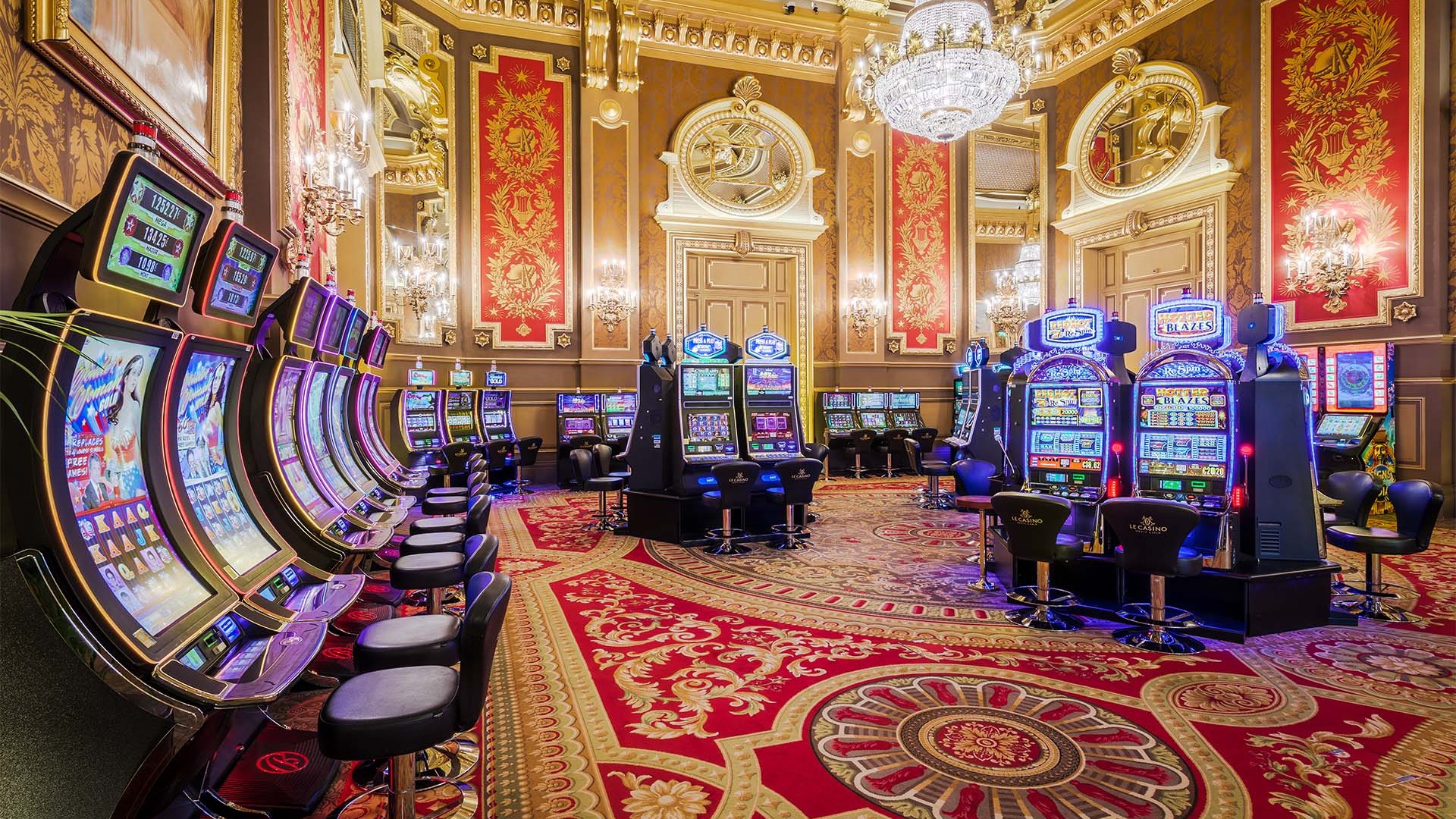
Casino experiences have long captivated people’s attention, drawing players into a universe filled with luck, planning, and the allure of thrill. Each activity is meticulously crafted not just for enjoyment, but also to evoke targeted emotional responses that keep gamblers immersed and invested. Understanding the drives behind these designs reveals much about how psychology plays a crucial role in the gaming experience.
From the dazzling lights and dynamic sounds to the complex layering of guidelines and rewards, casino games are designed to create an atmosphere of excitement and anticipation. Game designers leverage psychological principles to influence participant behavior, whether through the use of jackpots, almost wins, or social interactivity. By examining these aspects, we can better appreciate how casino games fulfill not just a need for entertainment, but more profound psychological needs for excitement and risk.
Grasping Player Behavior
Casino games are engineered with a deep grasp of player psychology, which is essential for attracting and keeping players. The thrill of the game, alongside the hope of winning, produces a formidable draw. Game designers utilize elements like sonic elements, dynamic graphics, and immersive gameplay to engage attention and evoke emotional responses. These sensory elements enhance the total environment, making players feel more attached in the game.
Another notable aspect of player behavior is the notion of risk versus reward. Casino games often manage risky situations with the potential for substantial rewards, which can cause the event known as near-miss effect. When players come near to winning, the brain produces dopamine, strengthening their behavior and prompting them to persist playing in search of that elusive win. This cycle of wish and letdown plays a critical role in how games are constructed and marketed.
Lastly, social elements also play a critical role in player behavior at casinos. Many games are crafted to be played in pairs or alongside other players, fostering a sense of togetherness and collective experience. The social interaction inherent in games like baccarat enhances enjoyment and can culminate in extended gameplay. Designers leverage on this by designing environments that invite players to linger, socialize, and revisit, making the overall casino experience more appealing.
The Role of Imagery and Audio
Visuals and sound play a vital role in elevating the player’s experience within gambling games. Designers utilize bold colors, eye-catching graphics, and engaging animations to grab gambler’s attention and maintain their interest. The use of themes, such as adventure or opulence, helps create an engaging atmosphere that transports players into another world. By appealing to the senses, these elements add to a heightened emotional response, encouraging players to engage more profoundly with the games.
Sound design is just as important in reinforcing the experience of gambling games. The mix of background music, audio effects for successful combinations, and environmental noises creates an sound landscape that keeps players enthralled. Sounds associated with wins, such as ringing bells or festive music, evoke feelings of thrill and reward, encouraging players to continue playing. These sound cues are strategically placed to amplify the thrill of the game and create a more immersive experience.
Moreover, the alignment of imagery and sound is crucial for supporting the game’s overall theme and atmosphere. Each element should align harmoniously to create a cohesive experience that draws players in. The effective use of this integration not only improves user satisfaction but also increases the chances of return play, as players become more invested in the captivating world that the gambling games offer. https://f168.com.co/ This thoughtful integration of visuals and audio ultimately enhances player involvement and commitment.
Incentive Structures and Engagement
The creation of casino experiences heavily depends on incentive systems to ensure players engaged and returning for more. These structures are rooted in behavioral principles that exploit human behavior and motivation. Players are often driven by the thrill of success, which is reinforced by immediate responses through the game’s design. This prompt satisfaction not only enhances the overall experience but also fosters a feeling of success, prompting participants to continue playing in hopes of greater rewards.
Gaming establishments adopt various incentive systems, including large payouts, extra rewards, and increased rewards, to captivate players. These elements create a level of thrill that maintains engagement. Additionally, the unpredictability of results plays a significant role in keeping attention. The variable reward system, where successes are unpredictable but happen often enough, maintains participants on edge and driven to keep playing. This loop of anticipation and expectation is essential to the effectiveness of gambling experiences.
In addition, social elements, such as competitive events and collaborative options, boost the participation factor by tapping into the desire to compete of participants. The communal aspect of gaming with fellow participants can amplify the thrill of winning and create a sense of community within the gaming space. By combining these social dynamics with efficient incentive structures, gambling experiences not only provide fun but also foster a stronger connection among players, solidifying their commitment to the gaming experience.